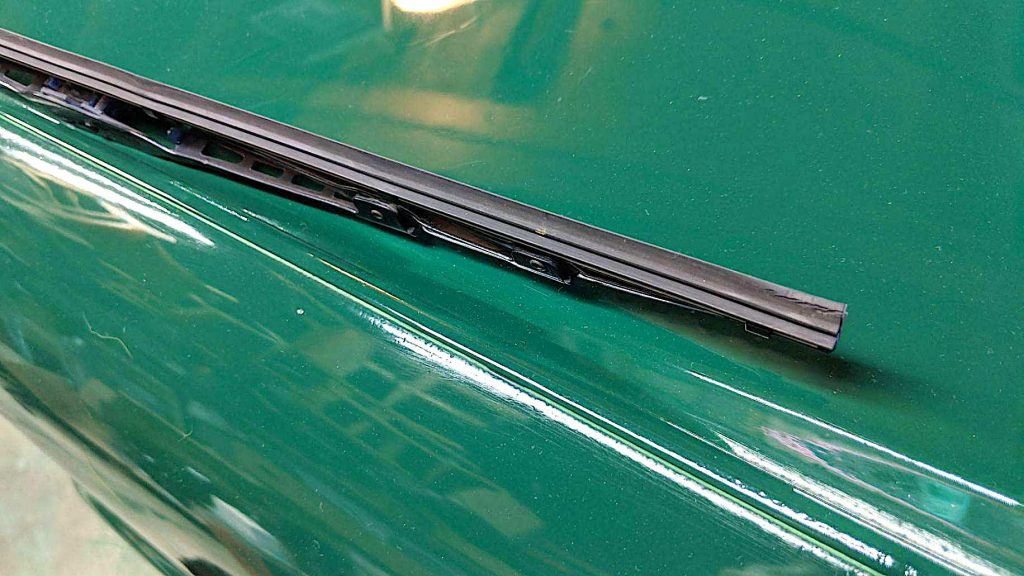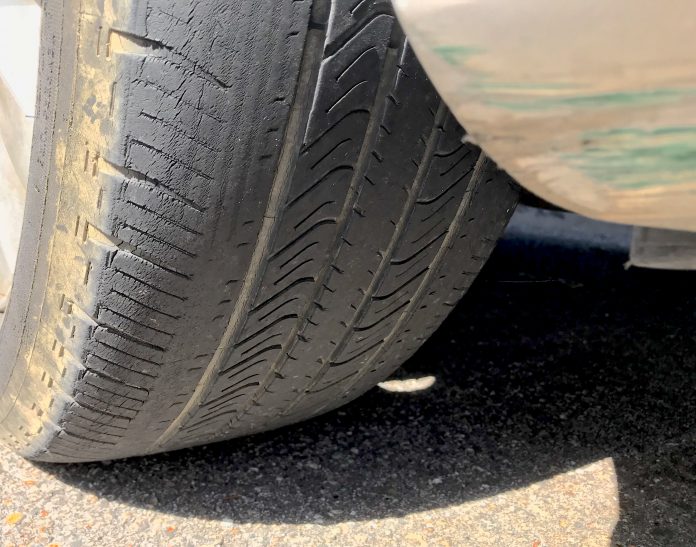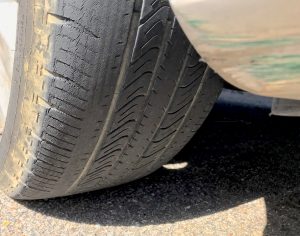With the arrival of all things pumpkin spice, we’re flooded with images and flavors of fall, which is fantastic and many excitedly anticipate it – it’s a time to bring out the fluffy, warm coats and bring out our favorite boots, hats and scarves. While we make these small changes to bring us comfort (and a sense of safety, to a certain extent), what about our cars?
Here at California State University, Monterey Bay (CSUMB), a lot of us are held down by busy schedules and the many tasks asked of us. Therefore, our cars are more likely to be left out of our list of things to check up on. So, to help out fellow Otters who rely on cars to maintain their livelihood, here are some quick ways to make sure your car is safe for you and others on the road before the weather turns.
First, check your tires. When asked about what stops your car, logically speaking, what’s the first thing you think of? If your first guess was brakes, you’re only partially correct. Brakes are essential for decreasing your speed, but it’s your tires that actually stop your vehicle. Let’s pretend you have to slam on your brakes when you have bald tires- without the friction from the rubber on your tires, they’re unable to find the grip to stop completely, usually sending your car sliding over the pavement. This effectively turns your 2,000 pound vehicle into an uncontrollable and potentially fatal situation.
That being said, tires are arguably the most important parts you put on your car. Over time, the tread on your tires wear down, making it a lot more difficult for your car to maintain traction. The less amount of tread that’s visible on your tire, the riskier it becomes for you, especially when the road is slick with rain.
A good way to check for tread is a visual inspection. Tread on tires are designed to deflect water away from the tires, essentially increasing the amount of “tire” your car has on the road. Without traction, your car is susceptible to hydroplaning, which is a term used to describe a car’s gliding over water due to lack of traction. A bald tire (bottom left photo) is a dangerous one. Bald tires are tires that are low on tread and are a major hazard to you and those are around you. If your tires look like this or close to it, it’s time to save up money for a new set before the rains arrive.
On the other hand, good tires have noticeably defined tread, with deep creases in the middle for optimal water deflection (top right photo). If your tires look similar to these, you’re good to go for driving in the rain.
Second, check your wiper blades. Wiper blades are important for driving in the rain, as they push water off of your windshield to provide better visibility. Like tires, they’re easy and take little time to check with a visual inspection (and they’re a lot cheaper to replace).

While we Californians don’t experience a lot of rain, we do experience a lot of heat. Heat wreaks havoc on wiper blades, as it dries them out and causes them to crack. While most brands of wiper blades suggest checking them every other season, it’s wiser for us to check them every single season from lack of rain. If they leave streaks on your windshield while activated, it’s a telltale sign they’re not as effective as they should be.
Another good inspection method is to lift it up and off of your windshield. The bottom of the blade should have a neat point, while if they’re ready to be replaced, they’ll look flatter or rounded out. Should you find the they need replacing, installation is easy since there are usually detailed instructions on the box (however, not all brands issue instructions). If you’re unsure, many auto part stores will install them for you with no additional cost.
While this sounds like a lot to take in, checking for tread and wiper blades would take you no more than a minute (I timed myself with my phone). So, next time you’re headed to Target or on your way to school, give your car a good check-up.









